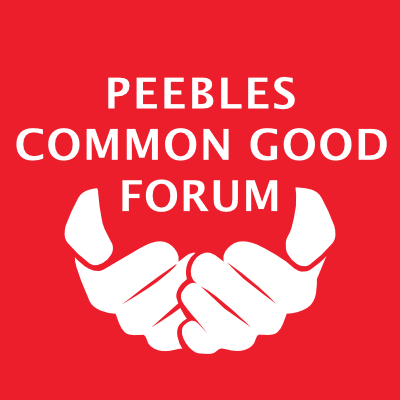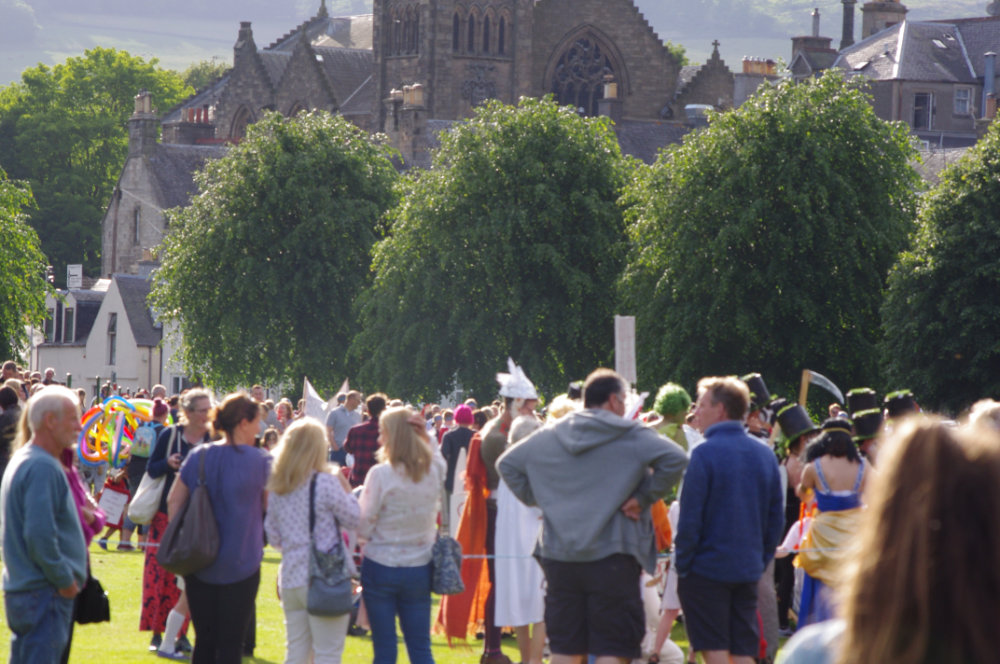It’s complicated!
In recent years, new land reform and community empowerment legislation has been passed by the Scottish Parliament that has drawn a fresh focus on Common Good.
Over centuries, land and property (both fixed and moveable) acquired by royal burghs and recorded in their royal charters was passed down through successive town councils, who in turn passed old and any newly acquired assets onto their successor local government bodies. Over the years, publicly minded individuals made donations to the Fund and, by 1975 and the implementation of local government reform in Scotland, many Funds had grown into substantial investment portfolios. Under new legislation, ownership of these assets transferred from Burgh Councils to District Councils (in 1975) and from District Councils to Regional Councils (in 1994).
How are Common Good assets managed and by whom?
While Funds are owned and administered by Councils, by law, clear distinctions must be maintained between Common Good and all other local authority assets. They must be administered independently, and separate fund accounts maintained. Furthermore, Councils must ‘have regard to the interests of the inhabitants of the area to which the Common Good related prior to 1975’. The Community Empowerment Act 2016 takes things a little further. Councils must now consult with local communities on disposals (sales and long leases) and changes of use.
How does this consultation take place?
Through our six elected Tweeddale local councillors. As members of the Peebles Common Good Sub-Committee, our councillors meet quarterly to discuss Common Good business. They are advised and supported by Scottish Borders Council officials and have delegated authority from the Council to make decisions on Common Good matters up to £20,000 on individual cases. Above that figure, decisions are made by the Full Council.
“Peebles Common Good Sub-Committee… is entirely focused on ensuring the maximum benefit for the people of Peebles from the Common Good assets “[Councillor Robin Tatler, Chair, PCG Sub-Committee 2017 -2024]
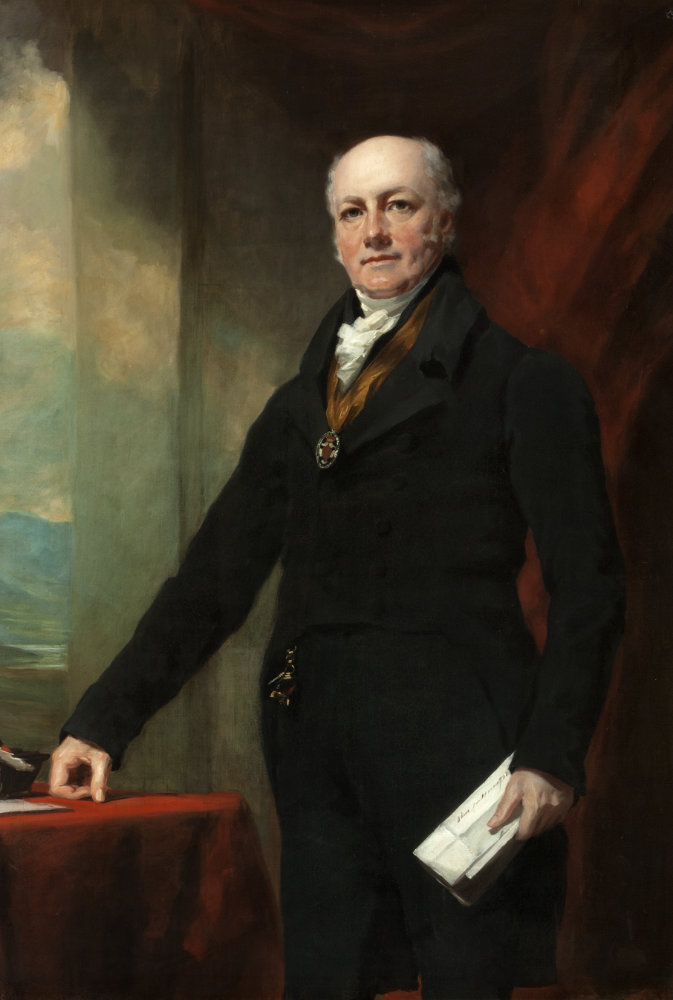
Image Courtesy of Art UK © Live Borders Peebles Museum
A fine Raeburn portrait of Sir John Hay, 6th Baronet, whose grandson Sir John Adam Hay donated Victoria Park to the Royal Burgh in 1887 to mark the 50th year of Queen Victoria’s reign.
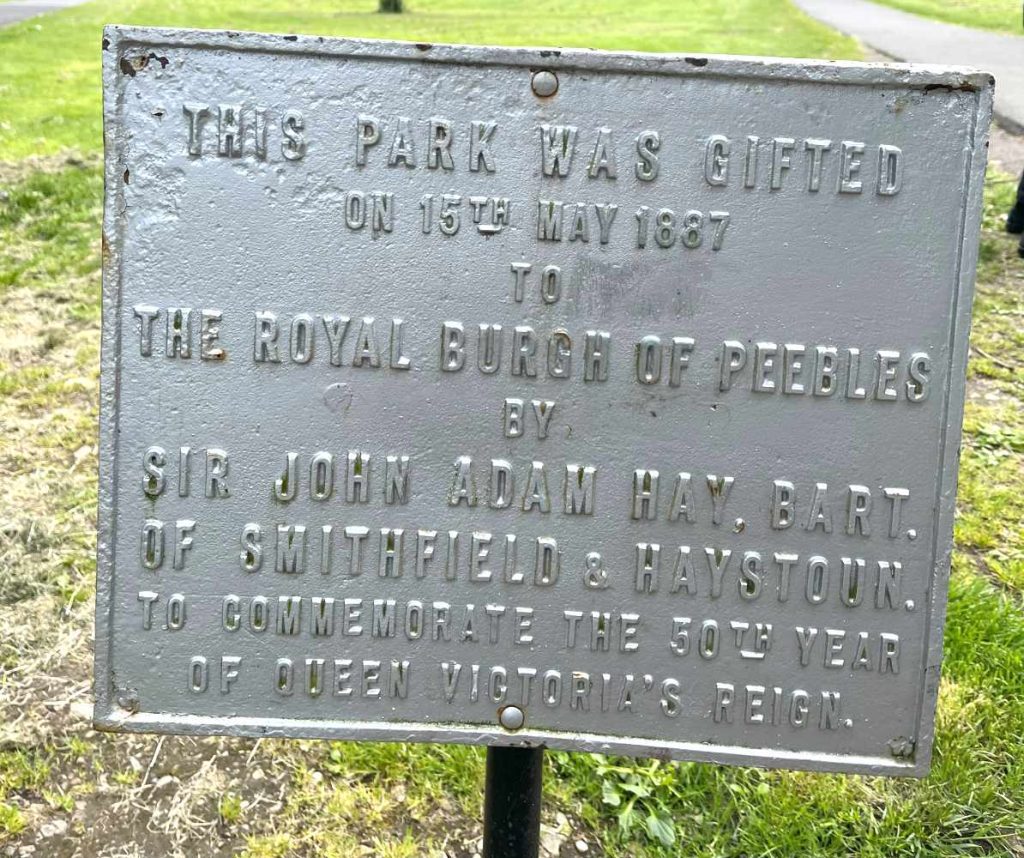
Image Courtesy of Live Borders Peebles Museum
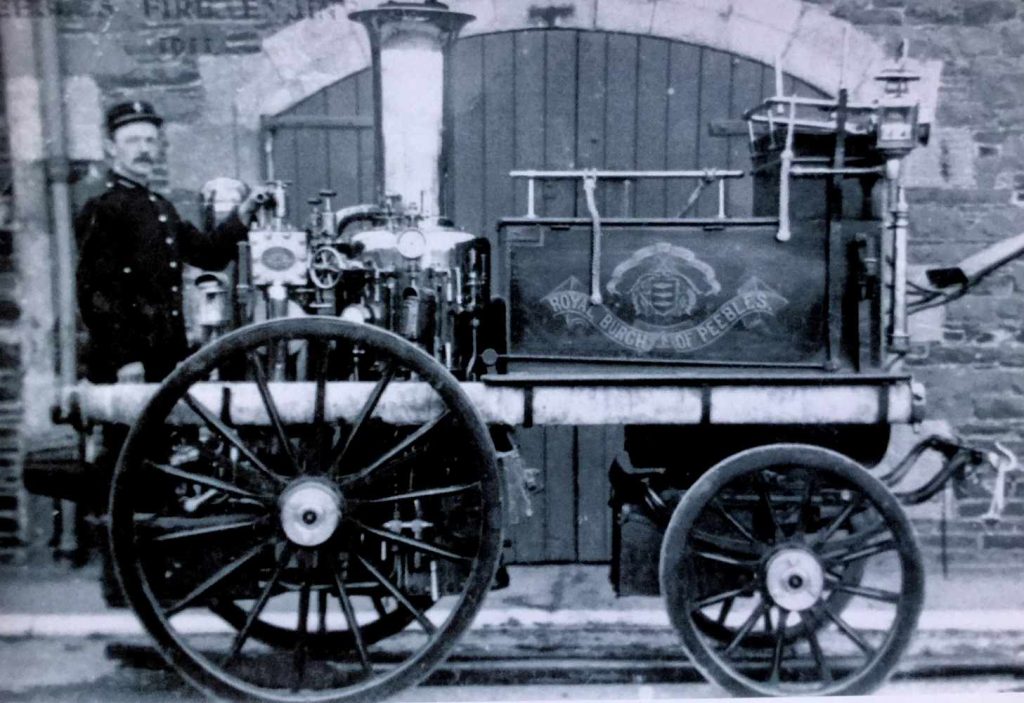
Image Courtesy of Live Borders Peebles Museum
Over the years some things have inevitably been lost. All that survives of this spendid fire engine is this image.
